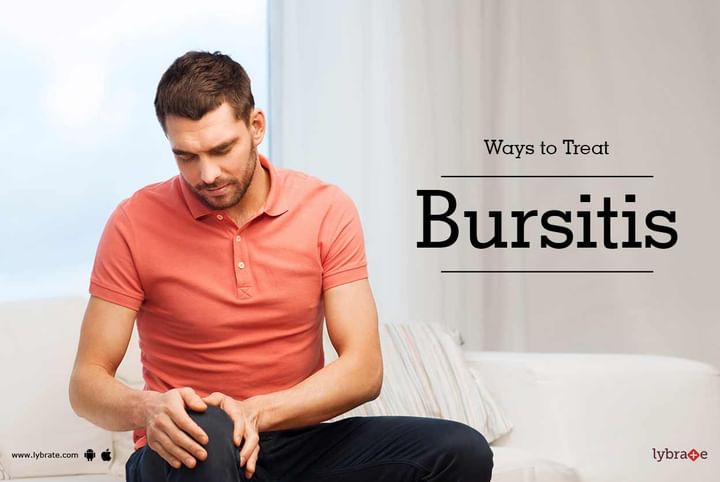Ways to Treat Bursitis
The movement between bones and muscles is possible due to the fluid filled sacs that enable smooth gliding of the bones. When there is an inflammation of these sacs, condition known as bursitis results, leading to friction, reduced movement, painful movement, discomfort, and irritation.
Some of the common causes of bursitis include age, which brings along reduced elasticity of the tendons and ligaments. Additionally, sudden injury to the bursa area, repetitive stress, overuse of the ligaments or tendons, incorrect posture, and improper exercise can all lead to bursitis.
The most commonly affected parts are the elbows, shoulders, hips, knees, and ankles. The dull, aching pain that ensues is accompanied by stiffness. Movement can worsen this pain. The area can be red, hot, and swollen indicating infection. Whatever the area affected, some of the common ways to manage bursitis pain are listed below.
- Rest: As soon as bursitis is identified, the area must be rested. As noted, in most cases, repetitive stress and injury is the most common cause, and resting the area really helps.
- Ice only: If bursitis is happening for the first time, then an ice pack alone should help reduce the pain in 1 to 2 days.
- Ice and moist heat: If it is happening repeatedly, then alternating moist heat and ice for 15 minutes each will help. This can be done two to three times a day.
- Anti-inflammatories: In most cases, if rest and topical therapy are not working, then the regular anti-inflammatory agents may be given.
- Physical Therapy: In some cases, mild exercises can help reduce inflammation and pain.
- DMSO (dimethyl sulfoxide): This clear, colorless, oily liquid is made from wood pulp and helps in reducing the inflammation caused by bursitis. A 70% DMSO mixture can be applied with cotton on the affected area 3 times a day for 3 days, then 2 times a day for the next 3 days, and then 1 time a day for the next 3 days. If there is no improvement in the first 3 days, it needs to be discontinued.
- Foods to remove calcium deposits: In a number of cases, bursitis that is present for months or years is worsened due to the calcium deposits. Foods like apple cider vinegar can help dissolve the calcium deposits that could have formed in the bursa.
- Steroids: Local injections of corticosteroids may be necessary in some cases. Though inflammation can be curtailed with this, there is always the fear of hampered immunity and altered sugar levels.
- Surgical drainage: In very rare cases, the bursa may need to be surgically drained.
Bursitis is a very common issue and can be managed easily as well. Consult your doctor and avoid medicating on your own.



+1.svg)
